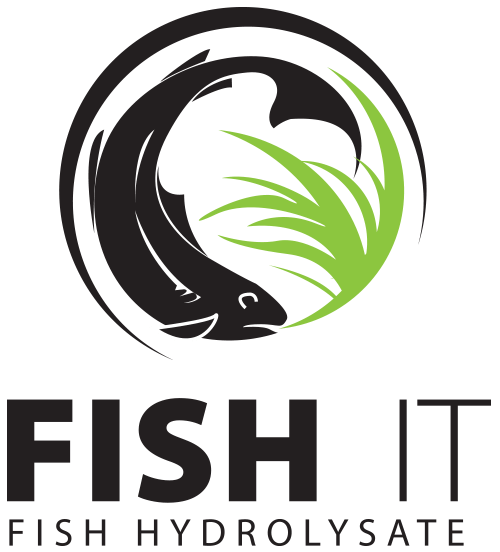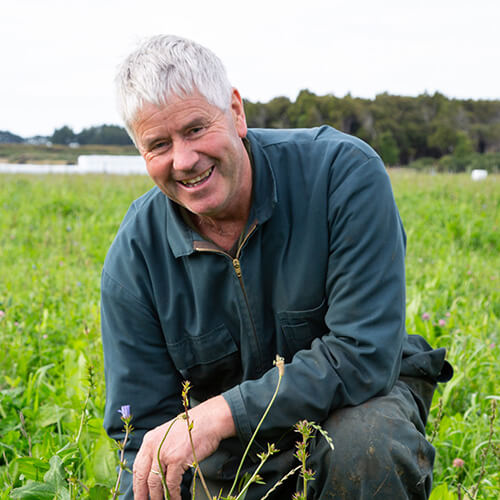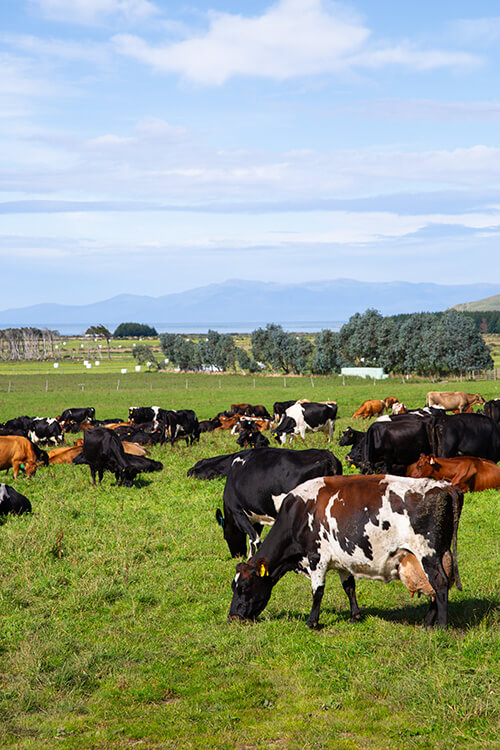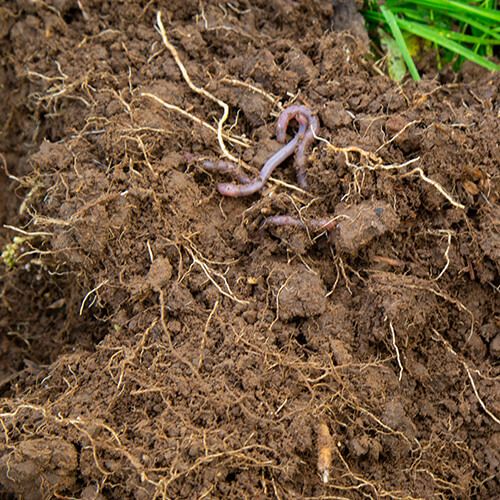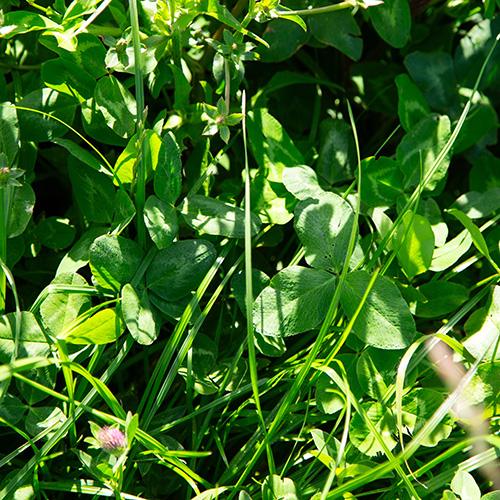Overlooking Stewart Island & Colac Bay at the bottom of the South Island, Ardoyne Dairies occupies 520 hectares of varying degrees of productive land. The farm is rolling in its typography with some peat soils making parts of the farm less productive than others.
In the Mathieson family since Ewan’s grandfather first purchased some land here in 1948 the family legacy continues to this day with 3 of Ewan’s children working on the farm and, he says proudly, 4 grandchildren now growing up on the farm.
Whilst back in the 1940’s things started small, milking 7 cows with about 27 sheep, the farm now has 830 cows peak, all self contained.
Over the years the farm had grown and so had the intensity of the farming system. Ardoyne had become a high input, high output farm. It was highly productive, but not sustainable.
